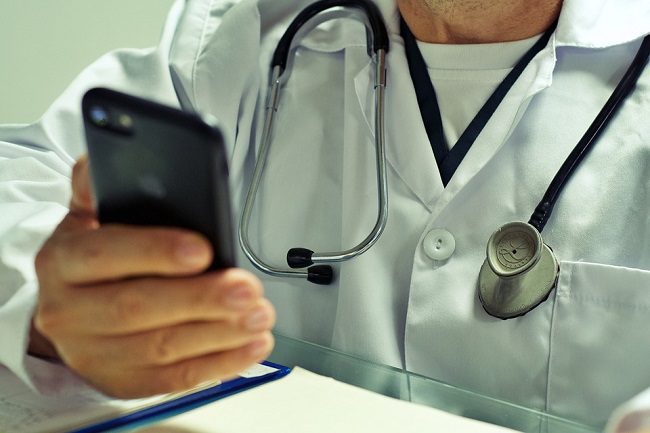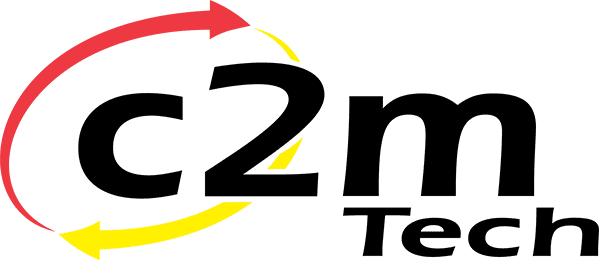A local hospital network has more than 850 medical professionals and over 250 locations, with thousands of patients who need help managing conditions ranging from small earaches to chronic heart disease.
Communication at the hospital network is critical to keeping everyone — staff, doctors, nurses, patients — informed. The recently opened branch of the medical clinic in Prosper contacted c2mtech because of poor cellular signals inside the facility.
Poor connectivity is a common problem at medical clinics, even newly constructed buildings. First, most healthcare facilities feature thick walls with steel, concrete and brick to accommodate extra wiring in the walls for medical equipment. The most critical departments for communication (emergency rooms and intensive care units) are often located in the middle of the building. Therefore, the design and materials in medical facilities lead to poor cellular signals at high frequencies (4G LTE and 5G).
In addition, high demand for bandwidth in waiting rooms can also kill signals, as can distance to the nearest cell tower.
To mitigate these issues, c2mtech implanted mobile signal boosters throughout the Prosper medical facility to ensure that everyone was fully connected.
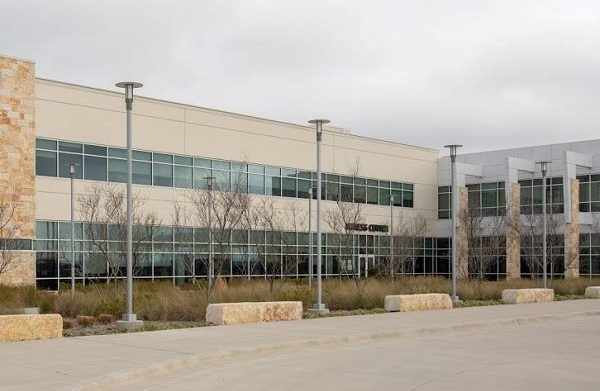
A Cure for the Dead Zone and Limited Mobile Coverage
First, c2mtech installed four SureCall signal booster kits within the building and in the parking lot.
The award-winning Force 5 2.0 is the No. 1 distributed antenna system alternative on the market. It is the first booster to come with remote monitoring hardware, allowing adjustments via mobile app. But most importantly, it boosts voice, texts, 4G, and 5G signals for all U.S. cell carriers and increases the signal strength up to 100,000 square feet.
The signal booster also includes SureIQ, which balances incoming signals and prevents shutdowns.
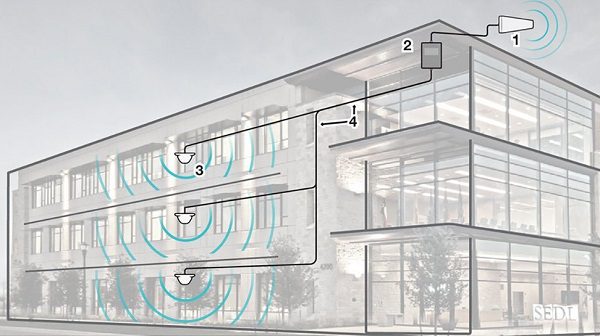
Five ceiling-mounted SureCall Ultra Thin dome omni-directional antennas were connected to the booster. The antennas transmit and receive 2G, 3G and 4G LTE signals, using a 3-way splitter to distribute equal signal amounts.
Our team then connected the boosters with the antennas using several hundred feet of weatherproof ultra-low loss coaxial cable and a lightning protector to protect the system from electrical surges.
Finally, the c2mtech team cross-connected, configured and tested the equipment to make sure it eliminated dead zones and weak signals.
Smartphones Power Telemedicine and Patient Communication
Boosting cellular signals at medical clinics and hospitals is important for communication today and the future. Many in the healthcare industry are starting to use cloud-based technology to communicate and keep records.
Medical staff tend to use mobile devices in two ways:
1. To coordinate team care via secure messaging
2. To communicate with patients via secure text messaging, patient portals, and telemedicine
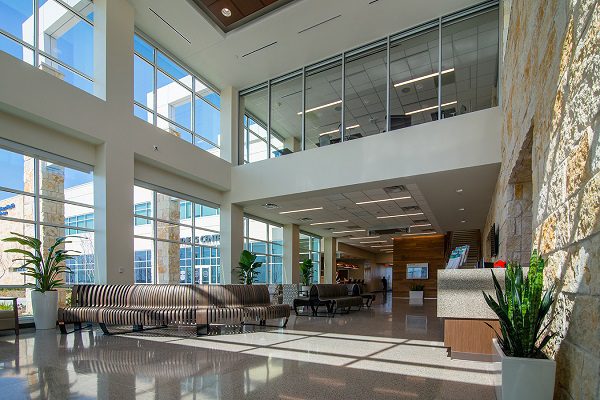
The need for better cellular connections became more apparent during the COVID-19 pandemic. Many loved ones were not allowed to be on site and joined a Zoom call or Facetime with patients. In many cases, the last words heard by a patient’s family were over a cellular network.
Many doctors and medical clinics also adopted telemedicine portals via a smartphone app. As a result, routine checkups could be easily conducted over video conference.
When cell signals are lost, critical departments can become isolated from each other, slowing down the sharing of information and ultimately leading to lapses in patient monitoring and care.
The HIPAA Journal reported that poor communication between medical staff can mean a longer patient recovery or an increase in medical errors.
Thankfully, the newly opened medical clinic in Prosper now has the cell signal boost it needs to keep staff and patients connected. As a result, the clinic can continue to incorporate smartphones into the practice. Ultimately, cellular signals improve the patient experience and offer more tools for doctors to provide treatment.
